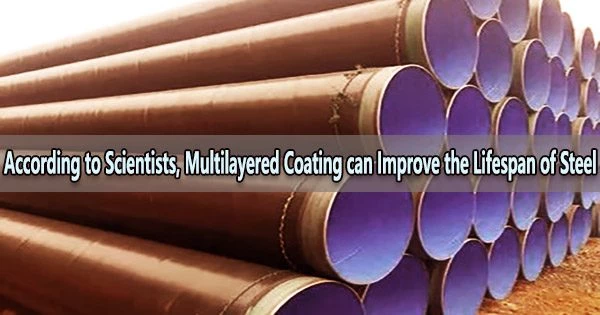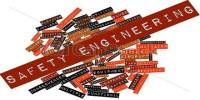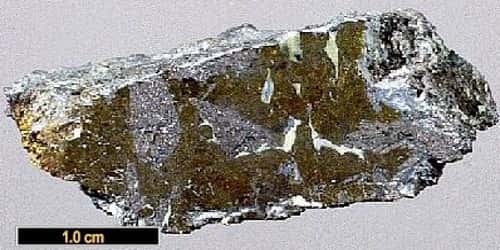Multilayered coating refers to a type of coating that consists of multiple layers of different materials stacked on top of each other. These coatings are used to provide various properties, such as corrosion resistance, wear resistance, and optical properties, to the underlying material.
Steel is one of the strongest materials known to man because of its strength. Galvanizing with zinc (Zn) increases corrosion resistance. Because of this, using it in infrastructure and building is a cost-effective option.
Zn deposits have significantly decreased during the past ten years, pushing us to use Zn alloys instead. The most popular alloy mineral, magnesium (Mg), can increase zinc’s resistance to corrosion when used sparingly.
Now, Professor Myeong-Hoon Lee, Head of the Center of Surface Corrosion Control Engineering at Korea Maritime and Ocean University, and his colleagues have proposed a novel coating for steel that promises to increase its longevity.
“During my time in the navy, I noticed a lot of machines that were rusting. So, I engaged in this research, hoping to produce better anti-corrosive steel,” says Prof. Lee, explaining his motivation behind the study.
The multilayer coating on steel makes it highly stable, economical, and durable, making it an ideal choice for use in harsh environments.
Professor Myeong-Hoon Lee
“To survive in harsh environments, high anti-corrosive materials need to be developed. Steel is one such material and increasing its life span makes the steel more sustainable,” Prof. Lee explains. Their study, published in Corrosion Science, was made available online on April 25, 2022, and subsequently published in Volume 202 of the journal on July 1, 2022.
Three layers of the proposed multilayer covering were created using physical vapor deposition (PVD). A Zn-Mg layer is sandwiched between two Zn layers. The Zn-Mg layer is shielded from the corrosive atmosphere by the upper Zn layer. The bottom Zn layer is the steel’s final line of defense.
To test the corrosion resistance of this modified steel, two samples were created, one containing 10% Mg and the other 25% Mg. When compared to 96/120 hours for typical Zn coatings, the team discovered that the symptoms of rust showed at 208 hours and 408 hours for the 10% and 25% compositions, respectively.
Next, they compared the corrosion resistance of the two compositions. They discovered that the 10% component rusts more easily than the 25% composition. This was in contrast to earlier research that claimed steel’s corrosion resistance was decreased by Mg content more than 8%.
The presence of the top Zn layer, which allowed for a rise in the Mg content in the Zn-Mg layer, was credited by the researchers as the cause of this paradoxical discovery.
“The multilayer coating on steel makes it highly stable, economical, and durable, making it an ideal choice for use in harsh environments,” concludes Prof. Lee.
These discoveries may have broad implications for infrastructure and building, two fields where durable steel is crucial.
















